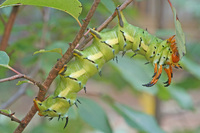
| Recorded by: K. Bischof on 2025-07-29
Transylvania Co.
Comment: | 
| Recorded by: Ryan Woody on 2025-07-21
Buncombe Co.
Comment: |

| Recorded by: J.Buie on 2025-07-19
Stokes Co.
Comment: | 
| Recorded by: E. Davies on 2025-07-16
Chatham Co.
Comment: |

| Recorded by: Josh Putnam on 2025-07-16
Madison Co.
Comment: | 
| Recorded by: Dean Furbish on 2025-07-04
Wake Co.
Comment: |
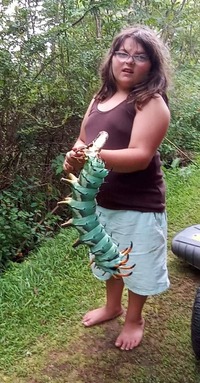
| Recorded by: Allison Canter on 2025-07-03
Ashe Co.
Comment: Forced perspective at its worst!! | 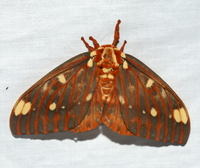
| Recorded by: David George, David Cheng, Patrick Coin on 2025-06-29
Richmond Co.
Comment: |
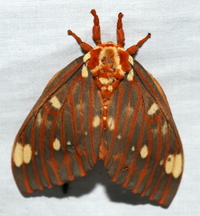
| Recorded by: David George, David Cheng, Patrick Coin on 2025-06-29
Richmond Co.
Comment: | 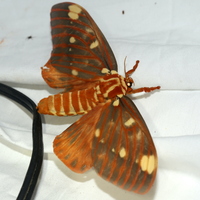
| Recorded by: David George, David Cheng, Patrick Coin on 2025-06-29
Richmond Co.
Comment: |
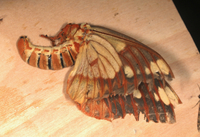
| Recorded by: Jim Petranka, Mark Basinger and Becky Elkin on 2025-06-29
Richmond Co.
Comment: | 
| Recorded by: David Clark on 2025-05-29
Alamance Co.
Comment: |
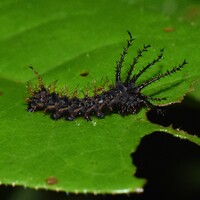
| Recorded by: Jeff Niznik, David George on 2024-08-07
Transylvania Co.
Comment: | 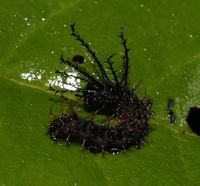
| Recorded by: Jeff Niznik, David George on 2024-08-07
Transylvania Co.
Comment: |
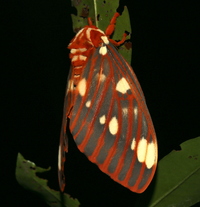
| Recorded by: David George, Jeff Niznik on 2024-08-05
Transylvania Co.
Comment: | 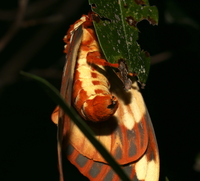
| Recorded by: David George, Jeff Niznik on 2024-08-05
Transylvania Co.
Comment: |
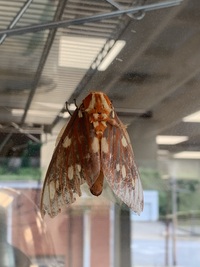
| Recorded by: Alex on 2024-07-16
Burke Co.
Comment: | 
| Recorded by: Owen McConnell on 2024-07-14
Graham Co.
Comment: |

| Recorded by: Owen McConnell on 2024-07-13
Graham Co.
Comment: | 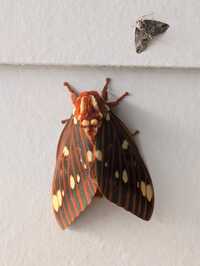
| Recorded by: Elizabeth Tingley on 2024-07-09
Buncombe Co.
Comment: |
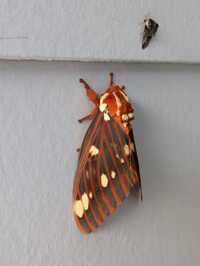
| Recorded by: Elizabeth Tingley on 2024-07-09
Buncombe Co.
Comment: | 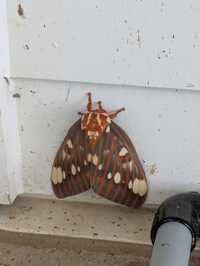
| Recorded by: Elizabeth Tingley on 2024-07-09
Buncombe Co.
Comment: |
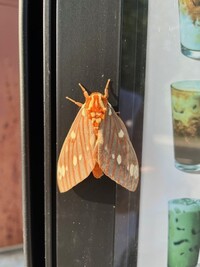
| Recorded by: Marie Leonard on 2024-07-09
Guilford Co.
Comment: | 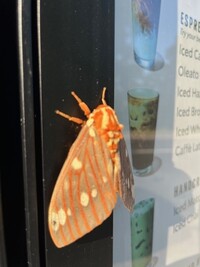
| Recorded by: Marie Leonard on 2024-07-09
Guilford Co.
Comment: |
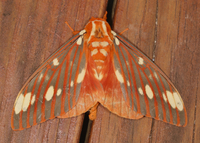
| Recorded by: Jim Petranka on 2024-07-07
Madison Co.
Comment: | 
| Recorded by: R. Spainhour on 2024-07-07
Surry Co.
Comment: |
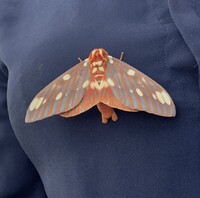
| Recorded by: ashley holden on 2024-06-06
Avery Co.
Comment: | 
| Recorded by: David George, Rich Teper on 2024-05-13
Chatham Co.
Comment: |
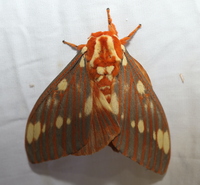
| Recorded by: David George, Rich Teper on 2024-05-13
Chatham Co.
Comment: | 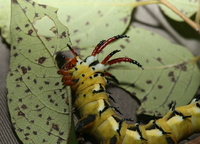
| Recorded by: David George on 2023-09-03
Durham Co.
Comment: |
|

 »
»